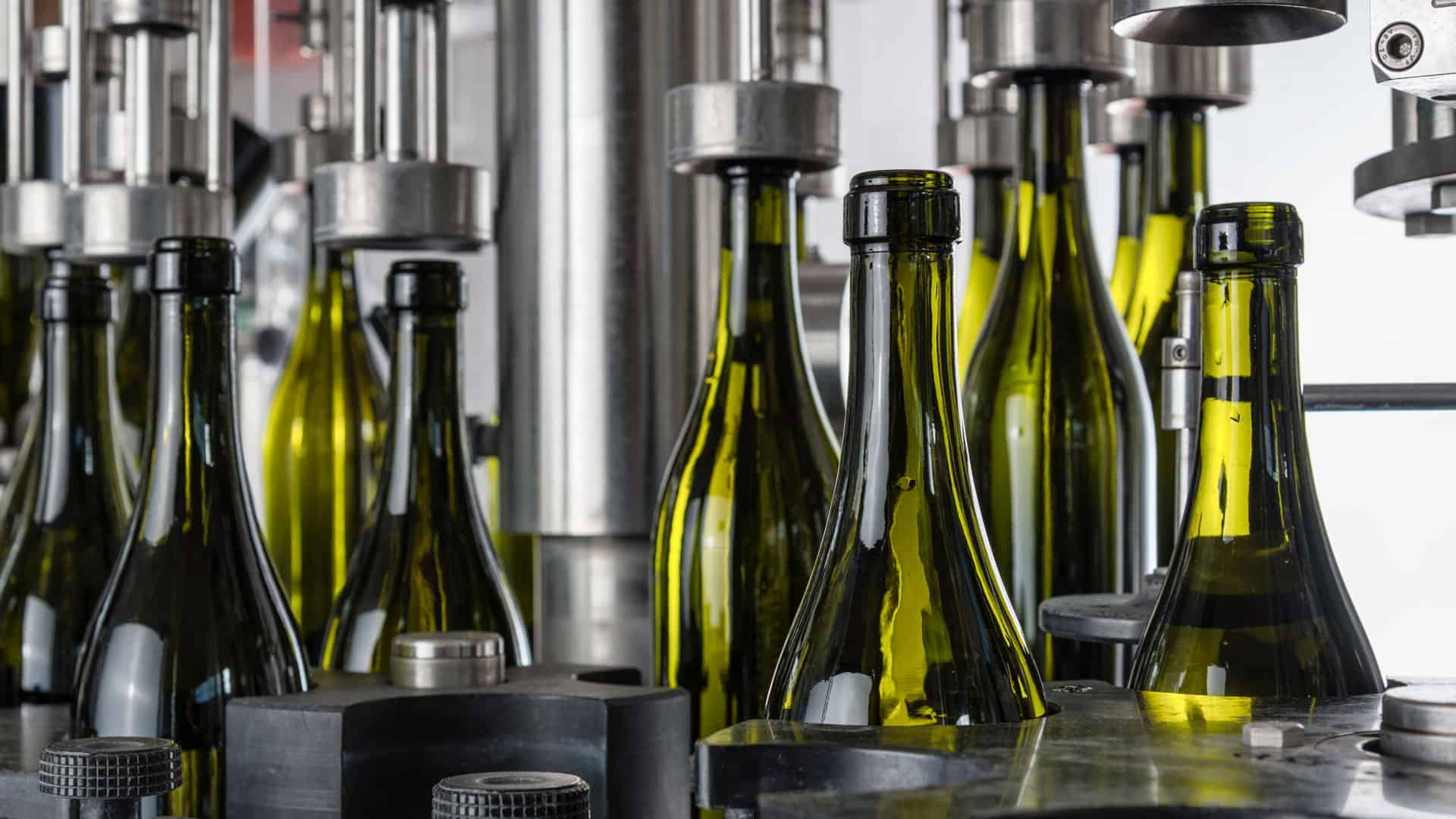Once the wine has been matured in stainless steel tanks or barrels, the big moment of bottling approaches. This is the process of filling the wine into the final storage and transportation container. As a rule, this is the wine bottle, which, once filled, still needs to be sealed. It sounds simple, but it has nothing to do with the usual closing of a bottle at home. This is because numerous mistakes can still be made that can ruin the entire harvest of a vintage, making the wine not only undrinkable but also seriously jeopardizing the winemaker’s livelihood. First of all, this means that the wine must be stable both chemically and physically. By stable, we mean that the wine must no longer have any clouding or streaks. This is a multi-stage process known as stabilization. For example, wine contains numerous organic compounds, including proteins. These are not visible to the naked eye, but can react under certain external conditions and adversely affect the wine. To ensure that the wine is stable in terms of protein, a sample is taken. This is then heated to over 70° C for up to three hours and then examined for possible protein turbidity. In addition, the wine must not undergo secondary fermentation and must not contain any more components. The final filtration is usually carried out shortly before bottling to ensure that no undesirable changes occur in the bottle later on. During the bottling process, it must also be ensured that the bottles are sterile. The wine is sulphurized some time before it is bottled. This prevents the wine from oxidizing in the bottle after bottling. Once the wine has been bottled, the bottle is sealed. Nowadays, a wide variety of closure materials are available for this purpose. These range from classic natural corks to plastic corks, crown corks, glass corks, etc.

